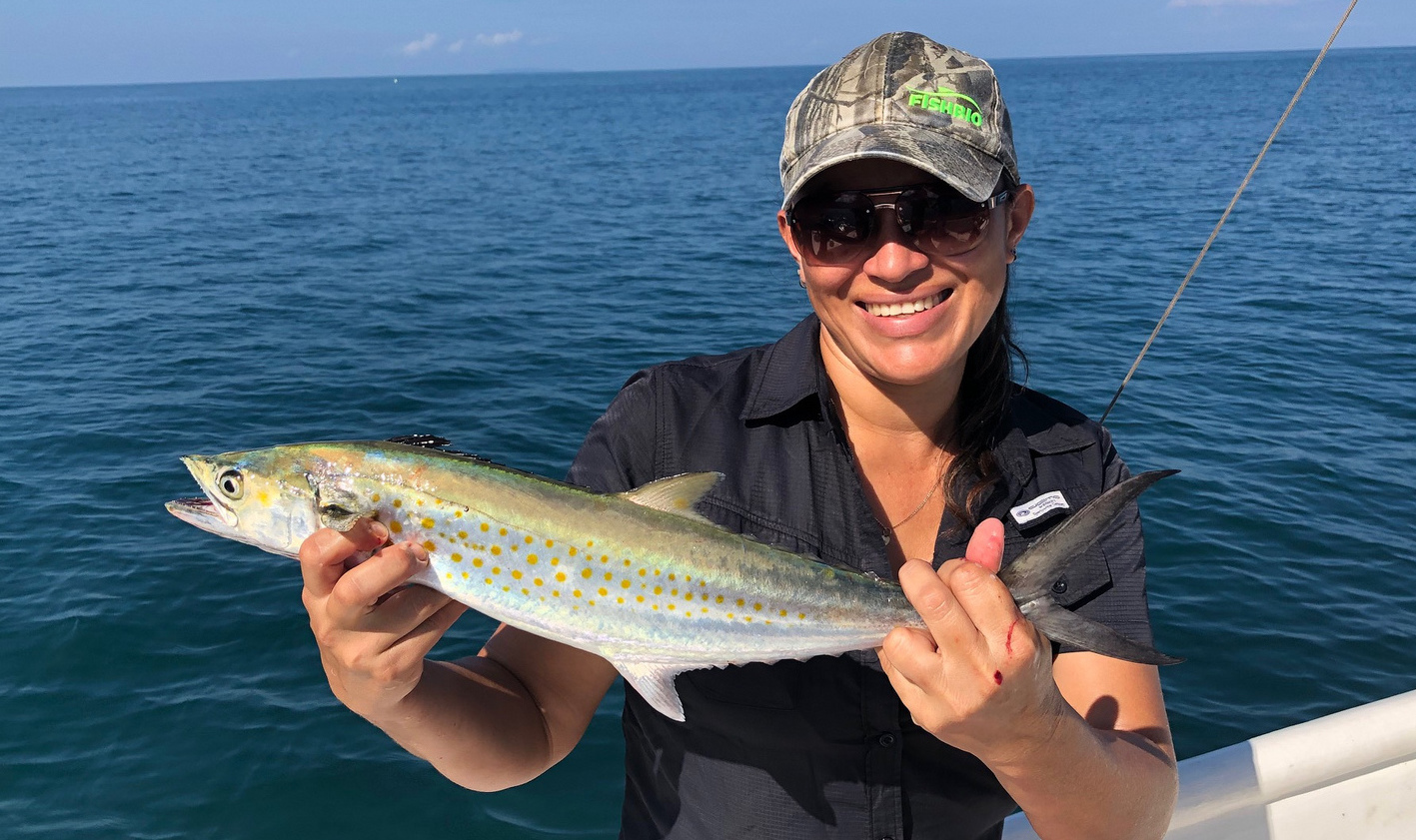Among the fantastic beasts dwelling in the forests of Costa Rica is the Baird’s Tapir (Tapirus bairdii), the region’s largest native mammal. With their long snouts and large ears, these unusual animals may look like a cross between a pig and an elephant, but their closest living relatives are actually rhinos. Though once found throughout Costa Rica, spotting a tapir is now a rare event, as their populations have declined, and these shy creatures are listed as “Endangered” on the IUCN Red List. If a tapir is on your wildlife wish list while visiting Casa Roja, your best bet of spotting one is to head to Corcovado National Park, where some of our visitors encountered a sleepy mother and juvenile tapir in a mud hole, and another foraging on the beach.
 The Baird’s Tapir is one of four species of tapir living worldwide, and the only one found in Costa Rica. They can grow to 6–8 feet (1.8–2.5 m) in length and sure know how to bulk up – they can weigh more than 600 pounds (300 kg)! It’s a body type that has been working for tapirs for about 35 million years – they have changed little in that time, except for the more recent adaptation of their snout. Tapirs may be stocky, but are also known to be quite agile, and can clamber up steep hillsides.
The Baird’s Tapir is one of four species of tapir living worldwide, and the only one found in Costa Rica. They can grow to 6–8 feet (1.8–2.5 m) in length and sure know how to bulk up – they can weigh more than 600 pounds (300 kg)! It’s a body type that has been working for tapirs for about 35 million years – they have changed little in that time, except for the more recent adaptation of their snout. Tapirs may be stocky, but are also known to be quite agile, and can clamber up steep hillsides.
 These large herbivores eat leaves, twigs, fruit and seeds, and have micro-organisms in their guts to help them break down this tough plant matter. They can use their prehensile snouts to grab plants to eat, and can even use it as a snorkel in the water! Based on their diet, researchers have found that tapirs actually have a role to play in combating climate change. Big trees, the ones that can absorb the most carbon dioxide from the atmosphere, tend to have big seeds – and they need big fruit eaters, like tapirs, to help move those seeds from one location to another. If we want more large trees, we also need large seed dispersers like tapirs, and that means forest conservation is critical. One of the biggest threats to tapirs is habitat loss – as forests become fragmented from development, their populations become disconnected from each other.
These large herbivores eat leaves, twigs, fruit and seeds, and have micro-organisms in their guts to help them break down this tough plant matter. They can use their prehensile snouts to grab plants to eat, and can even use it as a snorkel in the water! Based on their diet, researchers have found that tapirs actually have a role to play in combating climate change. Big trees, the ones that can absorb the most carbon dioxide from the atmosphere, tend to have big seeds – and they need big fruit eaters, like tapirs, to help move those seeds from one location to another. If we want more large trees, we also need large seed dispersers like tapirs, and that means forest conservation is critical. One of the biggest threats to tapirs is habitat loss – as forests become fragmented from development, their populations become disconnected from each other.
 One reasons it is difficult for tapir populations to recover from threats is their low rate of reproduction. They can live for more than 30 yeas, and mothers carry their babies for a 13-month pregnancy! Baby tapirs wear an adorable striped and spotted outfit similar to fawns when they are born, and mothers will stay with their young for two years. Our guests spotted a juvenile that was definitely on the older side, since it was nearly as large as its mom! It’s common for tapirs to stay close to water, and they may submerge themselves up to their heads to cool off on hot days. They are also mostly nocturnal, so it is not unusual to catch them snoozing during the day. If you are lucky, you might be able to add a tapir to your list of Costa Rican wildlife sightings!
One reasons it is difficult for tapir populations to recover from threats is their low rate of reproduction. They can live for more than 30 yeas, and mothers carry their babies for a 13-month pregnancy! Baby tapirs wear an adorable striped and spotted outfit similar to fawns when they are born, and mothers will stay with their young for two years. Our guests spotted a juvenile that was definitely on the older side, since it was nearly as large as its mom! It’s common for tapirs to stay close to water, and they may submerge themselves up to their heads to cool off on hot days. They are also mostly nocturnal, so it is not unusual to catch them snoozing during the day. If you are lucky, you might be able to add a tapir to your list of Costa Rican wildlife sightings!










